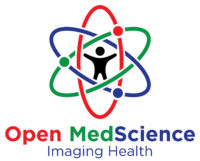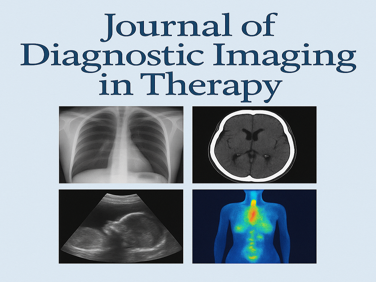Transcranial Sonography
Transcranial sonography (TCS) is a noninvasive imaging technique that uses high-frequency sound waves to create real-time images of the brain and its structures. In recent years, TCS has garnered increased interest as a valuable tool in diagnosing and monitoring various neurological disorders. This technique offers several advantages over conventional imaging, such as MRI and CT, including its cost-effectiveness, portability, and absence of radiation exposure.
Principles of Transcranial Sonography
TCS employs the transmission and reception of ultrasound waves to produce images of the brain’s structures. These sound waves are generated by a transducer placed on the temporal bone window of the skull, a thin area that permits ultrasound penetration. The waves travel through the skull and brain tissue and are reflected in the transducer when they encounter different tissue densities. The returning echoes are then processed and converted into images that can be analysed for diagnostic purposes.
Applications in Neurology
TCS has demonstrated potential in the diagnosis and monitoring of a variety of neurological disorders. These include:
- In Parkinson’s disease (PD), TCS can detect a characteristic hyperechogenicity of the substantia nigra, a midbrain region involved in movement regulation. This is a key finding in patients with PD. This feature has shown high sensitivity and specificity in differentiating PD from other movement disorders.
- TCS can help in Alzheimer’s disease (AD) by identifying alterations in the size and echogenicity of specific brain regions, like the hippocampus and basal ganglia, associated with the early stages of AD.
- TCS in cerebrovascular diseases has shown potential in assessing blood flow in the intracranial arteries, aiding in diagnosing stenosis, occlusions, and collateral circulation in patients with ischemic stroke or transient ischemic attack.
- Brain tumours while not a primary diagnostic tool for brain tumours, TCS can provide supplementary information on tumour size, location, and vascularity, assisting in treatment planning and follow-up.
Ongoing Research and Future Perspectives
Despite the promising applications of TCS in neurology, certain limitations must be addressed to improve its utility. One challenge is the inability to penetrate the skull in a small percentage of patients, owing to factors such as skull thickness and bone density. Researchers are working on refining transducer technology and developing software algorithms to mitigate this issue.
Another area of ongoing research is the integration of TCS with other imaging modalities, such as MRI and functional near-infrared spectroscopy, to provide complementary information and enhance diagnostic accuracy. There is also interest in developing telemedicine applications enabling remote TCS assessments in underserved areas.
You are here:
home » transcranial sonography

